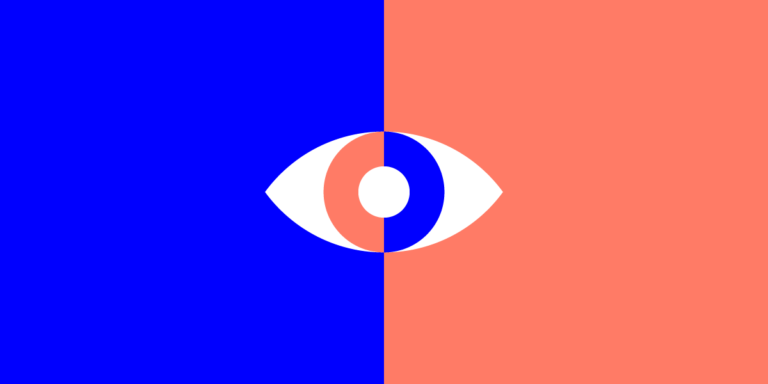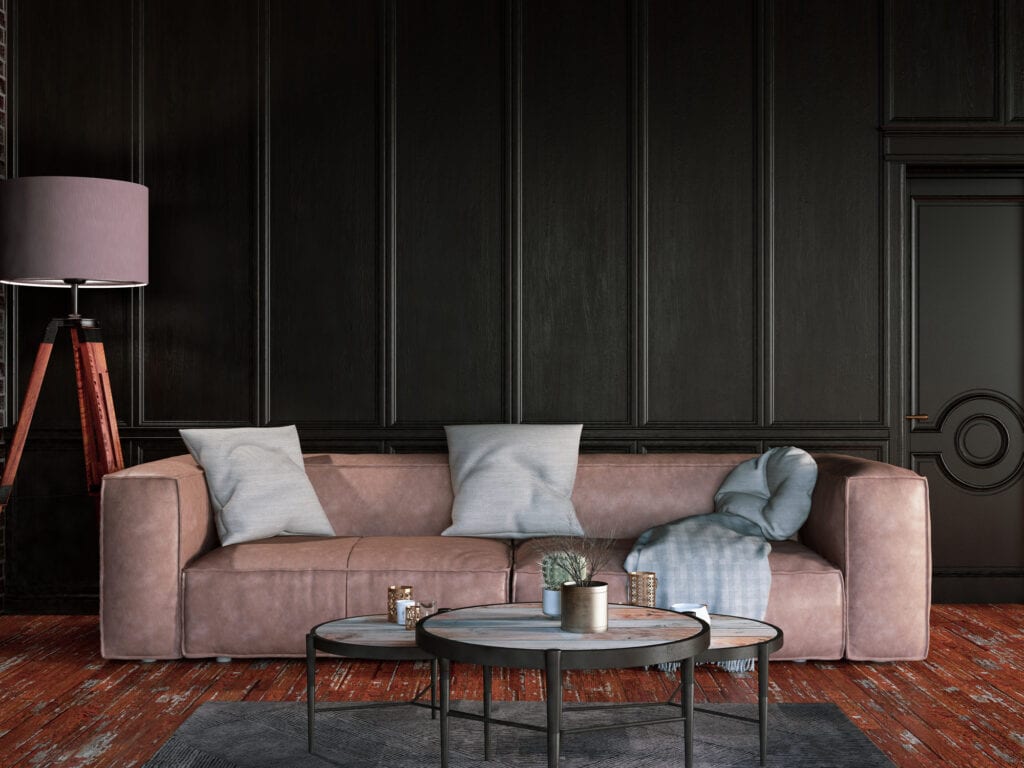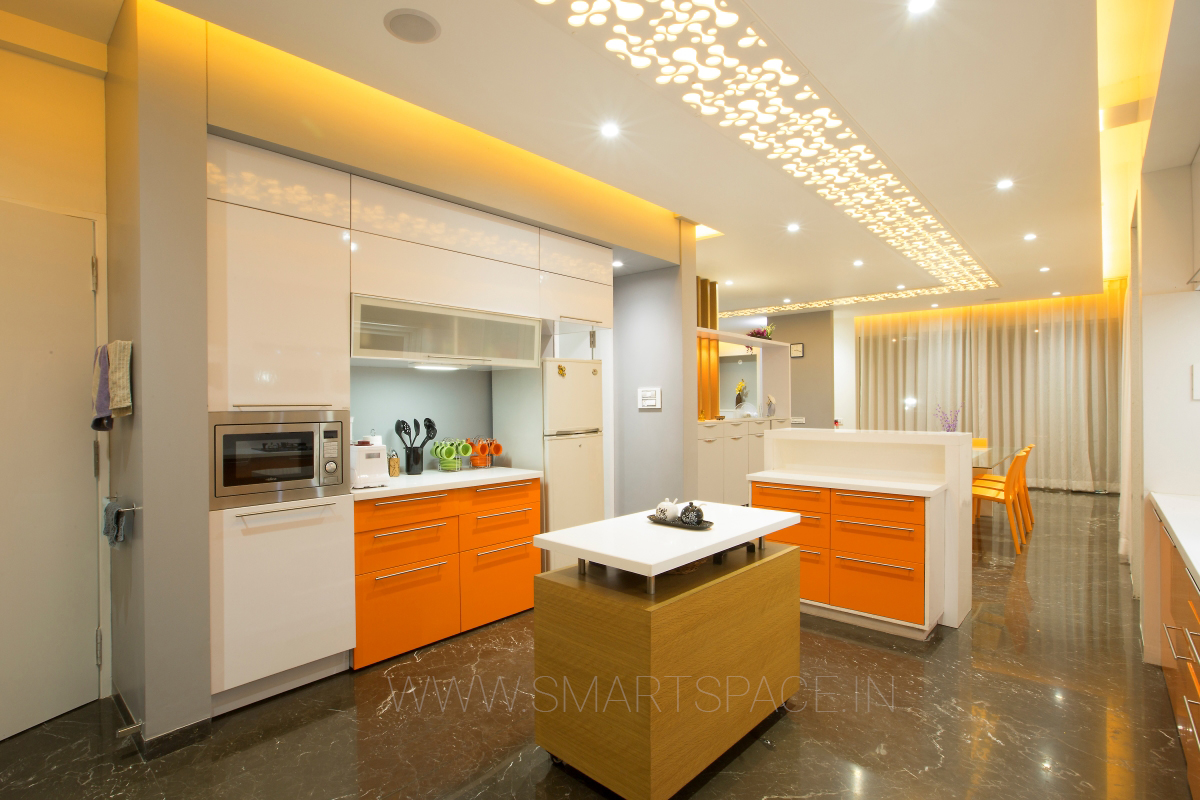Table Of Content

As a writer, Jennifer contributes to a variety of publications while working with clients as well as taking on her own projects. Either way, combining these types of textures can add visual interest to an otherwise flat design. Distressed textures can also add rustic or retro charm to a design. If your creation is looking a little too classic or plain, adding a gritty texture is a good way to give it more character. All this to say, you can use contrast in more than one way in a design. Just remember, there’s such a thing as overdoing it with contrast.
Exciting New Tools for Designers, April 2024
In a design, some elements have a higher importance in the overall scheme of things while some do not. To make your discussions with your design team easier, the Kimp team brings you a list of types of contrast in design and how they can help you. Picking things with a common theme and grouping them can make it easy to comprehend the message for consumers. First off, let us understand what similarity in design accomplishes.
Go black and blue
You can read books on design principles, take online courses, or even experiment with contrast in your own designs. The key is to practice and experiment, as this will help you develop an intuitive understanding of how contrast works. Putting two contrasting textures together adds visual weight to the space, meaning that the components of your design will be able to draw the eye more easily.
What is a vertex in graphic design
Clear Channel is in the broadcasting business, but they have an exhibitions company authoring exhibits and partnering with museums to develop and create exhibits that travel. This is still a new concept in the rather conservative museums, few of which have the resources to put together exhibitions. They develop the concept, the exhibit, the funding, and share or rent it to the museum. Maybe a couple dozen exhibits have been done to date, including the very successful Titanic exhibit.
Eight home interiors where mezzanines maximise usable space
The first port of call, is to decide how you will use visual elements to create contrast in the composition. It can be helpful to get a sketchbook and create a few thumbnail sketches to plan your final pieces and how these elements will fit together. Contrast in art comes in many forms, the contrast between light and dark (values), the contrast between hues or saturation (colour), and even the contrast between texture and form. Design principles may sound like something only designers need to worry about. But when you work in the field of marketing, any design knowledge can prove helpful. Besides, it helps you appreciate your designs and your peers’ designs better.
Spotlight on Contrast: A deep dive into this design principle
The plentiful space around the sneaker (in all directions), centers the single image as sole focus of the page body. This is what captivates the visitor into the experience of how effective ETQ’s shoe care solution is. The size and layout contrast on The Atlantic homepage indicates the information hierarchy between the featured and secondary articles. This three-column grid is what’s known as an asymmetric grid, as the columns vary in width. The center, widest column is clearly the most significant, followed by two narrower columns on each side. Each article thumbnail inside the left column is taller than those in the right, another subtle use of contrast which conveys that the shorter thumbnails constitute the least significant column.
Whether through color, typography, spatial dynamics, or the rhythm of repetition, contrast shapes how we perceive and interact with design. By mastering this principle, designers can create works that not only capture attention but also communicate messages clearly and memorably. As we’ve explored through various examples, understanding and applying contrast is crucial for any designer looking to make a significant impact in the world of visual communication. An example of this is a basic white background with solid black text.
Contrast and Foster + Baylis join to create a unified global design agency - PR Newswire
Contrast and Foster + Baylis join to create a unified global design agency.
Posted: Tue, 13 Feb 2024 08:00:00 GMT [source]
Specifically, contrasting elements in a design give consumers a lot to explore and understand within a design. A design with contrasting shapes and colors aesthetically arranged can pull in a larger audience than a similar arrangement without contrast. Another way to create contrast in color is by juxtaposing warm and cool colors.

Contrasting textures
Giving your entire artwork the same level of detail won’t only make it uninteresting, it will also confuse viewers, as there isn’t specific focus in any part of the artwork. As a writer, I strive to uncover the latest trends and provide fresh perspectives on design, critical thinking, and their impact on the business world. Lastly, the streaming giant Netflix uses contrast effectively too. Its black background makes the vibrant thumbnails of shows and movies stand out, enticing viewers to click and watch. Saturation is another way to describe colour contrast, this refers to the intensity of a colour.
You also use contrast to differentiate from the foreground and background of a design while ensuring that the less dominant parts of the artwork don’t get ignored. Many artists believe the value to be the most important aspect of color in terms of contrast. Our eyes are more sensitive to the value of color than its saturation. Putting two contrasting things together to produce a piece that’s pleasing to the sight is an invaluable skill for artists. The ability to use the different kinds of contrast to bring attention to specific areas of an artwork is what separates good artists from great ones. Contrast refers to the artistic element achieved when two opposing elements come together.
From the multitude of color options a designer has at their disposal, they can pick several combinations that will bring division, contrast, and visual hierarchy to the design. Given how important contrast in design is, it helps that there are multiple ways one can choose to employ it in their marketing and advertising designs. You can choose to adopt just one type or go for a combination of more than one based on what the design intent is. We have been detailing the impact of utilizing contrast in design for quite some time now in this blog. Now that we know that in detail, let us move on to understanding how you can actually use it in your designs. This is for a simple reason for your message to be coherent to the customer, some elements will have to carry similar design styles.

No comments:
Post a Comment